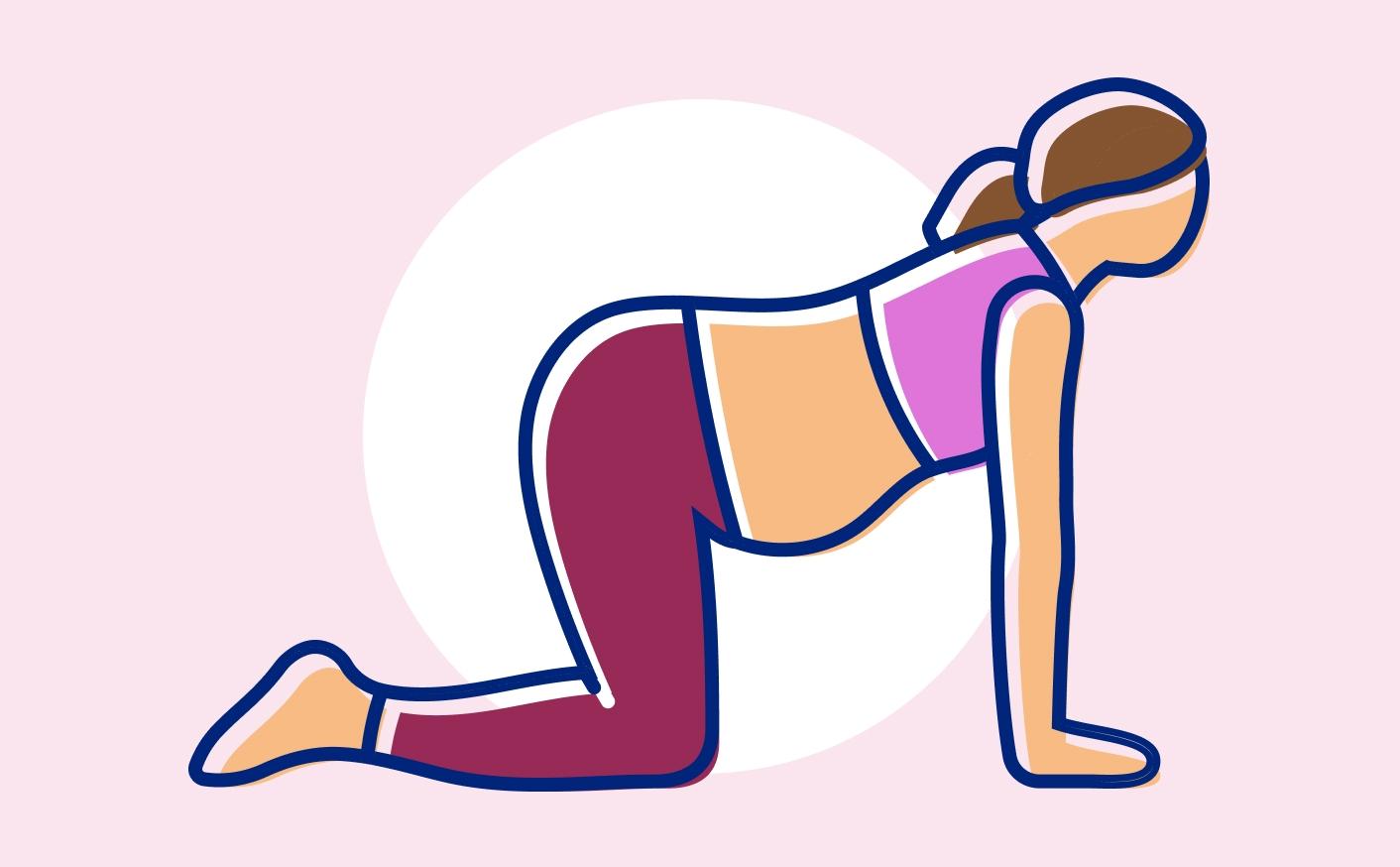Website maintenance scheduled Jan. 9-12; Rebates unavailable Jan. 5-20.

These five simple fitness moves can bring powerful benefits to your mind and body throughout pregnancy and labor. Labor exercises are important to prepare yourself both mentally and physically for giving birth.
Preparing your body for labor can make a big difference in your comfort and the ease of delivery. The five simple exercises that can help are walking, butterfly stretches, kegel exercises, pelvic tilts, and squats.

Walking is a great way to keep your body active and prepare for labor. It helps improve your stamina, which is essential for the physical demands of labor. Try to walk for 30 minutes a day, but listen to your body and rest when needed.
Benefits:
Tips:

The butterfly stretch helps open up your hips and improves flexibility in your pelvic area. Sit on the floor with your back straight and the soles of your feet together. Gently press your knees towards the floor with your elbows. Hold for 10-15 seconds and repeat 5-10 times.
Benefits:
Tips:
Kegel exercises strengthen your pelvic floor muscles, which support your uterus, bladder, and bowels. To do Kegels, contract your pelvic floor muscles as if you're stopping the flow of urine. Hold for 3-10 seconds, then relax. Repeat up to 10 times. You can also do quick Kegels by contracting and relaxing the muscles rapidly 25-50 times.
Benefits:
Tips:

Pelvic tilts can help relieve back pain and strengthen your abdominal muscles. Get on your hands and knees, keeping your back straight. Pull in your stomach and arch your back upward, then relax and return to a flat back. Repeat this exercise 5-10 times.
Benefits:
Tips:

Squats help open your pelvic outlet, making it easier for your baby to move down during labor. Stand with your feet shoulder-width apart and slowly lower yourself into a squat position, keeping your back straight. Hold for a few seconds, then return to standing. Repeat 5-10 times.
Benefits:
Tips:
These exercises are designed to help you prepare for labor by strengthening key muscle groups and improving flexibility. Always consult with your healthcare provider before starting any new exercise routine during pregnancy.
By incorporating these labor exercises, you're preparing your body for a smoother delivery and a healthier start for your baby. At Enfamil, we understand that every step of your journey is important. That's why we invite you to join Enfamil Family Beginnings®. When you sign up, you'll receive personalized support, expert advice, and exclusive offers designed to help you save while providing the best for your child. Plus, you'll connect with a community of moms who share your commitment to giving their babies the best start in life. Join us today and let Enfamil be there for you every step of the way!
All information on Enfamil, including but not limited to information about health, medical conditions, and nutrition, is intended for your general knowledge and is not a substitute for a healthcare professional's medical identification, advice, or management for specific medical conditions. You should seek medical care and consult your doctor or pediatrician for any specific health or nutrition issues. Never disregard professional medical advice or delay seeking medical treatment, care, or help because of information you have read on Enfamil.